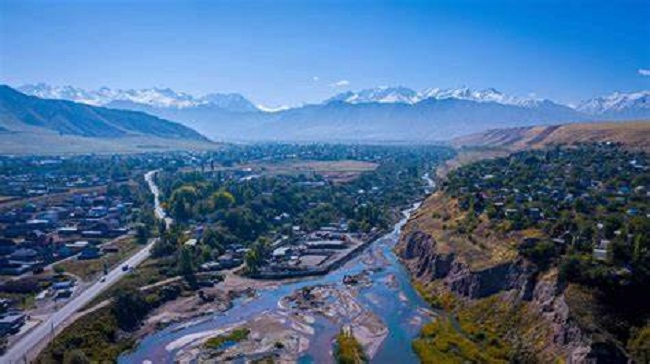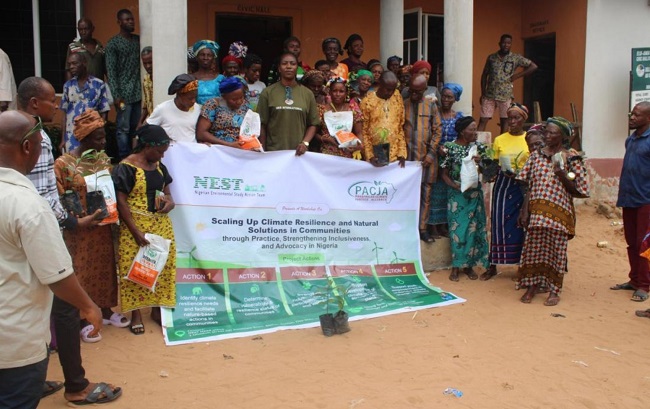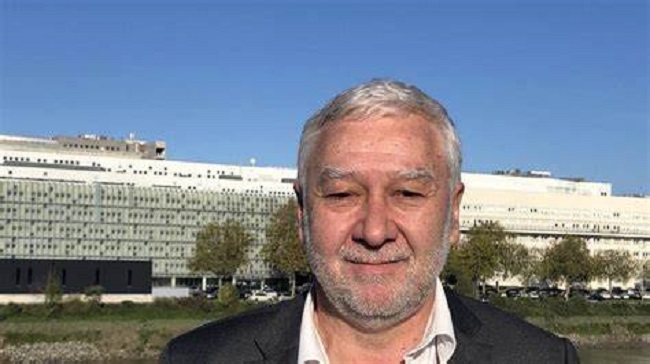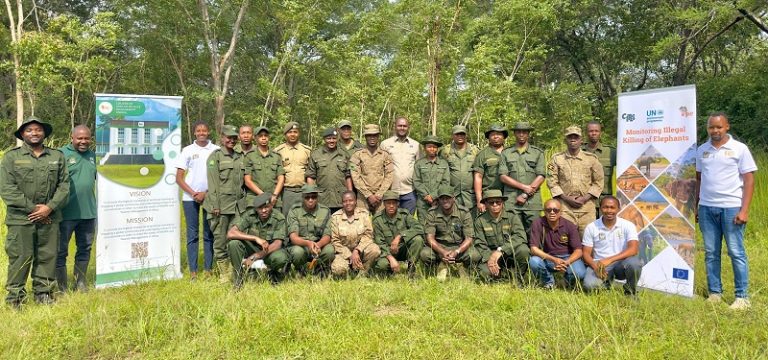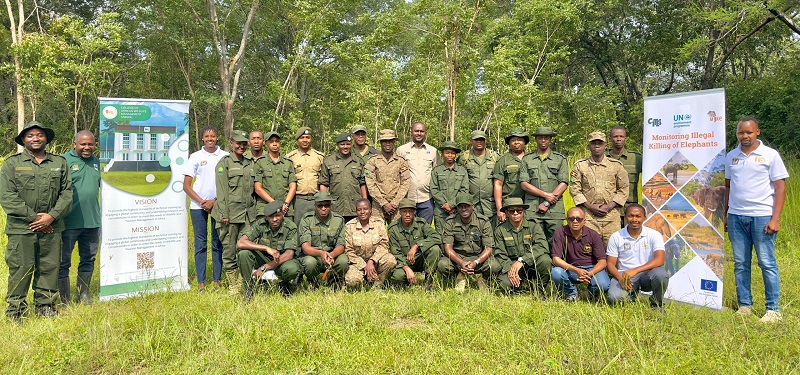The Management of the Nigeria National Petroleum Company Limited (NNPC Ltd.) has welcomed the appointment of its new Group Chief Executive Officer (GCEO), Mr. Bayo Ojulari, and Board of Directors by President Bola Tinubu.

Mr. Olufemi Soneye, Chief Corporate Communications Officer, NNPC Ltd., in a statement on Wednesday, April 2, 2025, appreciated the outgoing GCEO, Mr. Mele Kyari, and the former Board Members for their selfless and dedicated service to the company and nation.
President Bola Tinubu on Wednesday approved a reconstitution of the NNPC Ltd. board, removing the chairman, Chief Pius Akinyelure, and the GCEO, Malam Mele Kyari.
Tinubu removed all other board members appointed with Akinyelure and Kyari in November 2023.
The new 11-man board has Mr. Bayo Ojulari as the GCEO and Ahmadu Kida as non-executive chairman.
He said that Kyari’s leadership and tireless efforts had left an indelible mark on the NNPC Ltd.
“We are sincerely grateful for his outstanding contributions.
“We wish him and all departing Board Members continued success and fulfilment in their future endeavours.
Ojulari, the new GCEO, hails from Kwara State, and until his new appointment, was the Executive Vice President and Chief Operating Officer of Renaissance Africa Energy Company.
His Renaissance recently led a consortium of indigenous energy firms in the landmark acquisition of the entire equity holding in the Shell Petroleum Development Company of Nigeria (SPDC), worth $2.4 billion.
Ojulari graduated with a degree in Mechanical Engineering, worked for Elf Aquitaine as the first Nigerian process engineer to begin a stellar career in the oil sector.
From Elf, he joined Shell Petroleum Development Company of Nigeria Ltd in 1991 as an associate production technologist.
Aside working in Nigeria, he worked in Europe and the Middle East in different capacities as a petroleum process and production engineer, strategic planner, field developer, and asset manager.
In 2015, he became the managing director of Shell Nigeria Exploration and Production Company (SNEPCO).
During his career, he was chairman and member of the board of trustees of the Society of Petroleum Engineers (SPE Nigerian Council) and a fellow of the Nigerian Society of Engineers.
Some experts have reacted to the development in an interview on Wednesday in Abuja.
An economist, Prof. Evans Osabuohien, has commended President Bola Tinubu for removing both the Chairman, Board and Group Chief Executive Officer (GCEO) of Nigerian National Petroleum Company (NNPC) Limited.
Osabuohien, who is Head of the Economics Department at Covenant University in Ota, said on Wednesday that their removal was a welcome development.
Osabuohien said sacking the NNPC board would help to check sharp practices in the petroleum sector.
“The sacking of the NNPC board was a right step in the right direction,” he added.
The economist however stated that the move should not stop there.
“There is the need for a holistic probe of that sector,” he said.
Osabuohien said NNPC had been recording losses in the past two years when it became a private company.
He suggested that the Federal Government should make NNPC a public liabilities company so that there would be a board of directors which would be responsible to the public.
“This will make the sector vibrant and be contributing positively to the economy and generating employment opportunities in the country.”
Osabuohien also urged the Federal Government to look into the recent conflict between the NNPC and Dangote Group.
Mr. Olabode Sowunmi, an oil and gas expert, described the development as a calculated effort to put some life and energy into the oil and gas industry.
Sowunmi, CEO, Cabtree, described it as a welcome development.
He said that the NNPC Ltd. was a limited liability company with the Federal Government as its major shareholder.
“It is a calculated effort to put some life and energy into the industry.
“It is expected that this will mean new thinking, new focus and more results,” he said.
According to Sowunmi, even the proposed Initial Public Offer (IPO) which is targeted at listing NNPC in the stock market, will not have prevented Kyari’s removal, as he is a government appointee.
“The government can remove any government appointee at anytime,” he said.
Yushau Aliyu, an economic expert, said the changes were timely, especially when the IPO was underway.
“However, the IPO must be professionally determined by relating to the development in the oil market as well as the willingness of the general public.
“Investment potential with the economic growth targets of Nigeria 2030 should also be considered,” he said.
He said that the President was empowered by the Petroleum Industry Act (PIA 2021) to dissolve both the NNPC Ltd. board and the CEO.
Another expert, Dr Sand Mba-Kalu, said that Nigeria’s oil and gas sector needed stability and predictability, along with strict adherence to legal standards, to attract sustainable investment and encourage transformation.
According to him, the move represents a bold initiative within the larger framework of aiming to meet our national production and refining targets in the energy sector by 2027 and 2030.
Mr. Lawrence Nze, an economist, said that most of the policies introduced under Kyari never solved the challenges in the oil sector.
Nze said that the Naira-for-crude policy appeared not to be working since it had not resulted to any serious reduction in price.
According to him, Dangote Refinery was gradually achieving that with its slight reduction in ex-depot price which usually affects pump price, but suddenly, authorities in the oil sector cancelled it.
“To me, it looks like a sabotage against the people. Why can we not stop importation? It means that there is a deal that someone or group of people are benefiting from.
“It is not rocket science to get the energy sector working. Nigerians want cheaper petroleum products, is that too much to ask for?
“Only President Tinubu knows why he sacked Kyari, and whatever be the reason, Nigerians should have access to cheaper petroleum products, especially fuel.
“I will advise the president to ensure that the Naira-for-crude policy works in the country to enable local refineries operate on a cheaper scale,” he said.
By Emmanuella Anokam and Ige Adekunle




